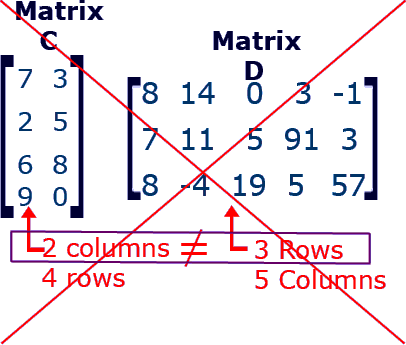Linear Equations:
y=mx+b (1 degree, 0 turns)
m: slope
b: y-intercept
Domain= x-values
Range= y-values
When m is positive: falls to the left, rises to the right
domain → +∞, range → +∞
domain → -∞, range → -∞
When m is negative: rises to the left, falls to the right
domain → -∞, range → +∞
domain → +∞, range → -∞
Quadratic Equations:
--Parabolic Equations
y=ax² (2 degree, 1 turn)
(a+b)(c+d)
When a is positive: rises to the left, rises to the right
domain → +∞, range → +∞ (rises on the right)
domain → -∞, range → -∞ (falls on the left)
When a is negative: falls to the left, falls to the right
domain → +∞, range → -∞
domain → -∞, range → -∞
***Number of turns is always one less than the degree!
Degree:
0- Constant
1- Linear
2- Quadratic
3- Cubic
4- Quartic
5- Quintic
6 to ∞- nth Degree
Terms:
Monomial
Binomial
Trinomial
Quadrinomial
Polynomial





















